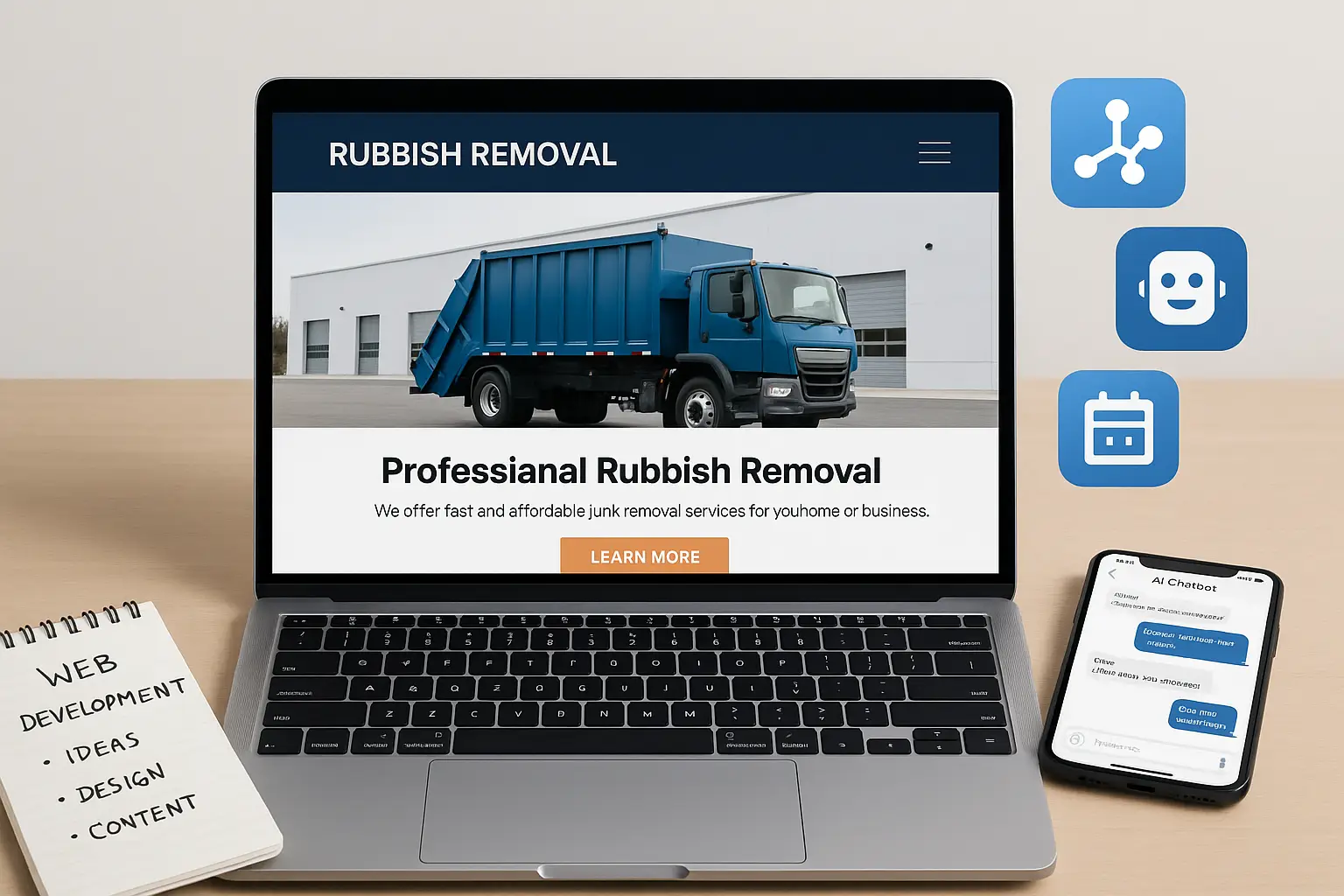Introduction
Starting an online business through the SaaS (Software as a Service) model presents a tremendous opportunity for aspiring entrepreneurs. This business model allows individuals and organizations to deliver software solutions over the internet, streamlining services and processes while minimizing upfront costs. Many successful SaaS businesses have demonstrated revenue growth rates from $50,000 to $500,000 monthly by utilizing the same foundational software—often white-labeled—for their offerings.
Understanding the SaaS Business Model
Software as a Service (SaaS) is an increasingly popular business model that allows companies to deliver applications over the internet, eliminating the need for users to download or install software on their personal devices. This model provides significant profitability potential, as demonstrated by numerous businesses that generate substantial monthly revenues ranging from $50,000 to $500,000.
A fascinating aspect of the SaaS model is its flexibility, allowing businesses to leverage existing software solutions through white-labeling. Many companies, for example, use the same $300 software product, branding it as their own to attract different customer segments. This practice not only broadens the marketplace but also enables entrepreneurs to enter the SaaS space without needing extensive technical skills. The simplicity of scalability is evident; many businesses can quickly go from zero to substantial revenue figures, often hitting over $1.8 million in just 11 months by using SaaS solutions.
Key Statistics and Case Studies of Success
To illustrate the SaaS profitability potential further, consider that some of the leading businesses charge upwards of $100 per month for customer relationship management (CRM) software while retaining thousands of customers. For example, a business that has 10,000 customers each paying $100 per month would create a monthly revenue of $1,000,000. Notably, companies like HubSpot and Salesforce have established themselves in the $30-50 billion market, serving various professional fields with tailored solutions.
Effective marketing and customer acquisition are key to harnessing SaaS’s financial benefits. Entrepreneurs can use various tools to track current advertisements, analyze their performance, and reverse engineer successful marketing funnels. Networking and partnerships are also crucial components of a SaaS business strategy, enabling smoother transitions into SaaS offerings.
Reverse Engineering Marketing Strategies
Examining successful SaaS applications reveals a pattern of strategic marketing and the use of white-labeling that many businesses have leveraged to achieve impressive financial outcomes. A recent case study identifies 67 businesses generating monthly revenues between $50,000 and $500,000, all utilizing the same $300 software under a white-label model. This remarkable situation demonstrates that companies can replicate successful business models using accessible tools and strategies.
A crucial technique involves leveraging Customer Relationship Management (CRM) software, such as HighLevel, which can be white-labeled. This allows businesses to customize the software under their brand and target specific customer segments. The success of these case studies illustrates that innovation does not always require groundbreaking technology; often, it is about effectively presenting existing solutions with superior marketing techniques.
Essential Tools for Launching Your SaaS Business
Key Tools for Reverse Engineering Marketing Strategies
Utilizing specific tools can significantly enhance your marketing efforts:
- Meta Ads Library: This tool allows you to dissect various advertising strategies across different sectors by filtering ads based on geography and industry.
- Wayback Machine: This tool is vital for tracking how competitor websites have evolved, revealing information about their marketing journeys.
- BuiltWith: This tool uncovers the technologies behind successful websites, giving insights into operational choices that support their marketing strategies.
- LinkedIn Sales Navigator: This tool helps in researching potential customer bases and industries you may serve.
Market Research Methods to Boost Business Growth
Effective market research is essential for entrepreneurs looking to identify customer pain points and seize market opportunities. One potent tool to leverage in this journey is Outscraper. By mastering these tools, you can gather critical insights that will inform your product offerings and marketing strategies, ultimately driving substantial business growth.
Many successful businesses utilize white-labeled software solutions, often generating significant monthly revenues without substantial development costs. Reverse engineering successful marketing funnels can also reveal invaluable insights that help you observe what works and replicate it in your own business model.
Crafting an Irresistible Offer for Your SaaS
Crafting compelling offers is crucial for the success of any business. Start by thoroughly understanding the pain points of your target audience and researching existing successful businesses in your niche. Ensure clarity in communication, focusing on benefits rather than just features.
Consider offering tiered pricing models or trials that can encourage sign-ups, such as a 14-day free trial. Continuous analysis of your competitors is essential to update your offers and ensure they remain competitive and fresh.
Building Your Customer Relationship Management (CRM) Strategy
Understanding CRM systems is essential for achieving success in the SaaS industry. By employing effective CRM software, businesses can streamline communication with clients and manage sales pipelines. The implementation of a robust CRM strategy is indispensable for SaaS businesses, as it allows them to efficiently manage client relationships and drive sales growth.
The Role of AI and Automation in Your SaaS Business
AI tools and automation play a transformative role in enhancing operational efficiency for businesses in the SaaS sector. Many companies utilize software automation to create personalized offerings for their clients, generating revenues ranging from $50,000 to $500,000 without the need for extensive coding knowledge.
Understanding the major players in your market through tools like the Meta Ad Library is crucial for reverse engineering successful marketing strategies. The implementation of customizable CRM software can significantly increase customer loyalty by targeting unique needs within various industries.
Success Stories and Testimonials from SaaS Entrepreneurs
Entrepreneurs have showcased success by implementing effective strategies using white-label software solutions. Successful case studies reveal how companies can achieve impressive monthly revenues by adopting a systematic approach to marketing and customer engagement.
Active outreach, whether through cold calls or strategic networking, is essential for understanding market needs and refining service offerings. This engagement is key to sustainable growth and capitalizing on market opportunities.
Tools Mentioned
In this article, we’ve discussed several essential tools for launching and growing your SaaS business:
- Meta Ad Library – A resource for researching Facebook ads.
- Wayback Machine – Analyzes website history for insights into competitor evolution.
- Outscraper – A tool for gathering data on potential customers.
- BuiltWith – Discovers the technology stack behind websites.
- LinkedIn Sales Navigator – Connects with potential clients in targeted industries.
- HighLevel – A white-label CRM for service-related industries.
- Google Analytics – Provides insights into website traffic and user behavior.
Conclusion
As you embark on your entrepreneurial journey in the Software as a Service (SaaS) sector, the key takeaways from the insights provided can significantly shape your approach to building a successful online business. Understanding successful business models, reverse engineering effective marketing strategies, leveraging essential tools, and identifying customer needs are all foundational concepts to consider.
Commit to learning your chosen niche, iterating your offerings based on market feedback, and collaborating with peers. By engaging fully with implementation strategies and continuously adapting to market dynamics, you can navigate the competitive SaaS landscape effectively and achieve substantial growth.



